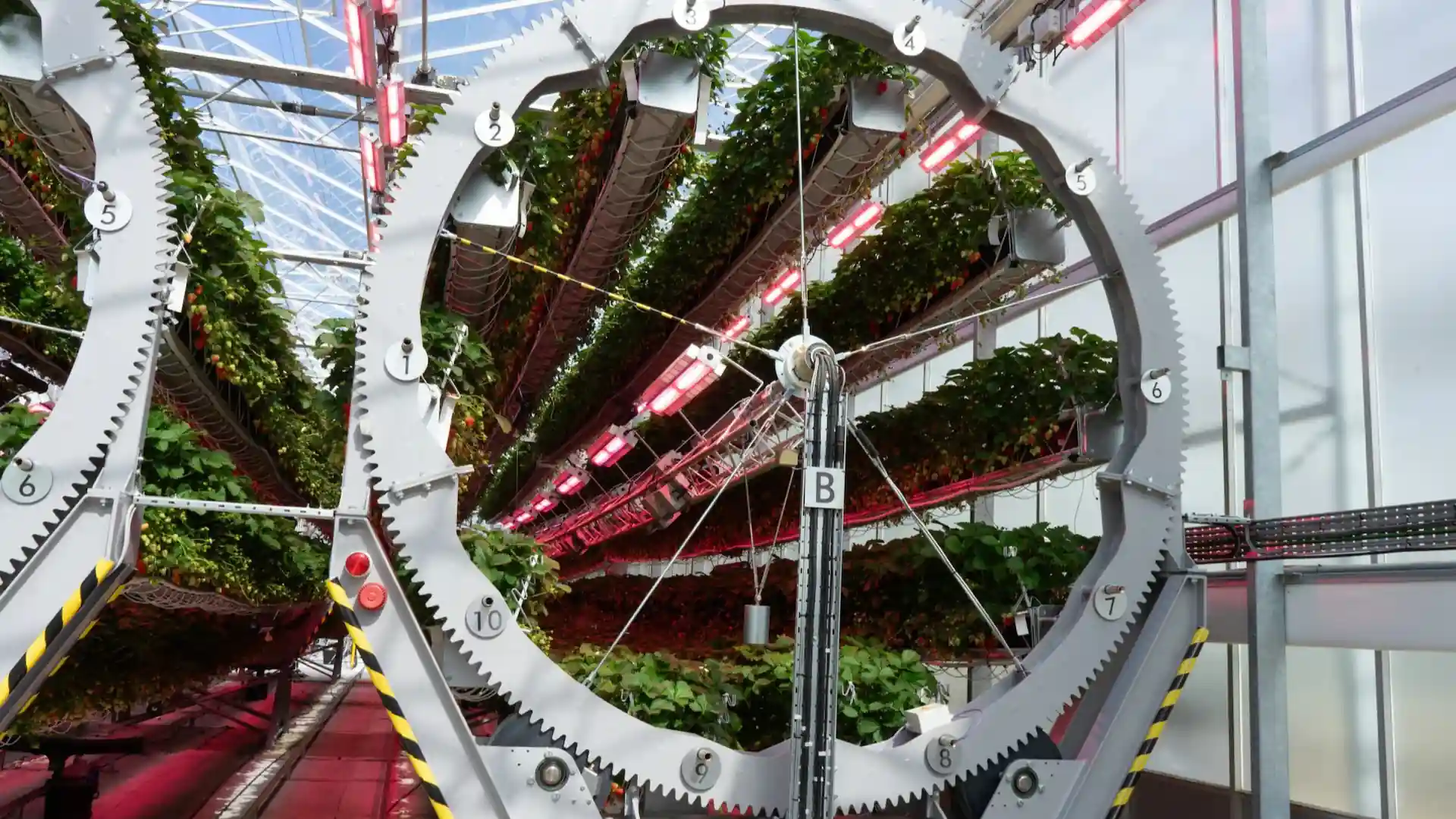It is thought that the colours of the fleshy fruits mainly serve to attract animals to help disperse the seeds, and understanding the origins and diversity of the fleshy fruit colours provides an insight into the ecological interactions between plants and their dispersants.
The viburnum vat (Viburnum tinus of the Adoxaceae family) is a shrub native to the Mediterranean region that is now cultivated all over the world. It produces a large number of metallic blue fruits throughout the year. Although many dispersing birds consume fruits of V. tinus, these serve as a particularly important source of food for birds during the winter,

While the remarkable metallic blue appearance of V. tinus fruits is commonly known and previously reported, the mechanism by which this blue colour is produced has not been clarified. In a review of previous literature, the colour of V. tinus has been attributed to the presence of anthocyanin pigments.
A study that appeared in Current Biology taken from Science explains why the waves of laurustinus plants (Viburnum tinus), are characterized by a very particular blue, metallic type.

Although not edible, these "blue metallic" fruits have in fact attracted the interest of a team of researchers who have analyzed them under an electron microscope to understand how they are structured internally.
And they couldn't find any blue pigment, as it might seem at first glance looking at such a fruit, just a strange structure made of layers and stains.

These are small drops of fat that can reflect blue light. This is a particular phenomenon, also known as "structural color" that occurs because under the same fat droplets there is another dark red pigment layer. And it is precisely this last one that provides the wavelength necessary for the upper layer to appear with such a blue and intense, almost metallic colour.










